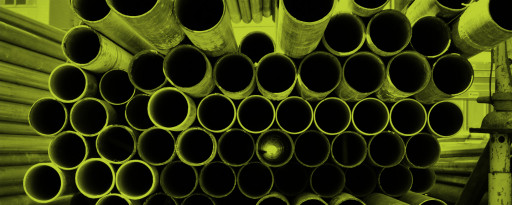Timber joinery and NZS 4211
Codewords 94: February 2020
Timber joinery is a feature of New Zealand heritage architecture and is a relevant part of building and renovation today.

Timber joinery products can meet the requirements of the current Building Code if you know what to look out for. Following tried and trusted standards can give you confidence that you are following good practice.
Many benefits of timber joinery
Timber joinery provides many benefits:
- Higher thermal resistance compared to some commonly used building products.
- Condensation is reduced or eliminated with double-glazed timber joinery.
- Joinery details that closely mimic the traditional appearance of timber joinery, allowing replacement and renovation work to blend seamlessly.
- Surface coatings that can be repaired relatively easily on site and colours that can be changed to suit the client’s needs.
- Added design flexibility due to the relative ease in modifying timber profiles.
- Reduced carbon footprint as the product is manufactured from renewable timber resources, and with the proper maintenance, it can last 50-plus years.
Specify the right product for your job
In New Zealand, testing the weathertightness performance of individual windows and doors for external use is done using NZS 4211:2008 Specification for performance of windows. This standard also includes glazing systems.
Windows and doors that pass NZS 4211:2008 testing can be labelled as being in accordance with NZS 4211:2008. This includes the appropriate air leakage and wind zone rating for the product, as established through the testing.
Generally, when specifying windows and doors using NZS 4211:2008, the following steps should be taken:
- Establish the appropriate wind zone in accordance with NZS 3604:2011 Timber-framed buildings section 5.
- If the wind zone is beyond that given in NZS 3604:2011, see section 10 of NZS 4211:2008.
- Select a window that has been tested to NZS 4211:2008 and is labelled as suitable for the relevant wind zone.
In May 2014, the wind zones in NZS 4211:2008 were revised to align with the wind zones specified in NZS 3604:2011. This incorporates the extra high wind zone for more exposed building sites.
Some NZS 4211:2008-compliant timber joinery suites have been tested beyond the extra high wind zone, so specifying these can give you additional confidence in performance.
Easy to identify NZS 4211:2008-compliant joinery
It is easy to tell the difference between NZS 4211:2008-compliant timber joinery and other timber joinery. NZS 4211:2008-compliant joinery will be fitted with identification tags that show relevant wind zone and air leakage ratings:

It also has a unique identification number that can be traced back to the original registered manufacturer. Tags are typically installed on the frame in the rebate of an operable door or window sash, like those found on fire doors.
Registered manufacturers of NZS 4211:2008-compliant timber joinery must work to a manufacturing standard to ensure quality. Structural members within the joinery are individually calculated using specialist software and engineered calculation charts. Timber species and size can be altered to ensure relevant wind zone requirements are met.
More information online
NZS 4211:2008 is one of the standards funded by the Ministry of Business, Innovation and Employment (MBIE) to support Building Code compliance. The NZS 4211:2008 standard can be dowloaded free of charge on the Standards New Zealand website(external link).
NZS 4211:2008-compliant timber joinery product and installation details can also be downloaded from the Joinery Manufacturers’ Federation website(external link).
The documents available on the website outline opening trim preparation, flashing details, fixing methods and seal locations. They will assist in both detailing and installing timber joinery to appropriate standards.
Quiz
1. What is the simplest way to check that timber joinery is manufactured to NZS 4211:2008?
- Measure window profile sizes and check the designer’s plans.
- Locate the identification tag on the door or window frame.
- Contact the manufacturer.
2. Can NZS 4211:2008-compliant timber joinery be used in an extra high wind zone?
- Yes, if has been tested and certified for this use.
- No.
- Only if the homeowner signs a disclaimer.
3. How do you determine the wind zone of a property?
- By using the procedure laid out in NZS 3604:2011 Timber-framed buildings.
- You need to measure the wind levels on site.
- By checking the weather forecast.
Check answers
1. What is the simplest way to check that timber joinery is manufactured to NZS 4211:2008?
b. Locate the identification tag on the door or window frame.
2. Can NZS 4211:2008-compliant timber joinery be used in an extra high wind zone?
a. Yes, if has been tested and certified for this use.
3. How do you determine the wind zone of a property?
a. Using the procedure laid out in NZS 3604:2011 Timber-framed buildings.
